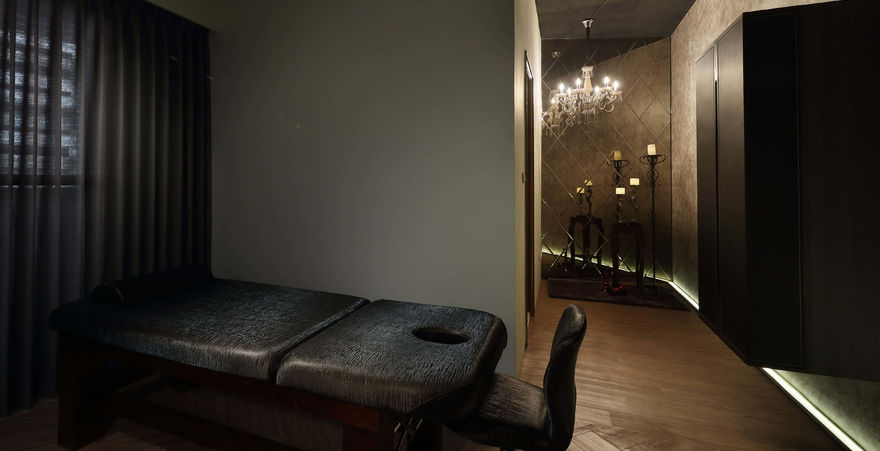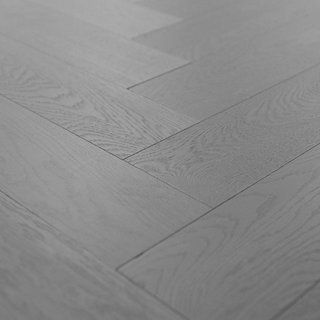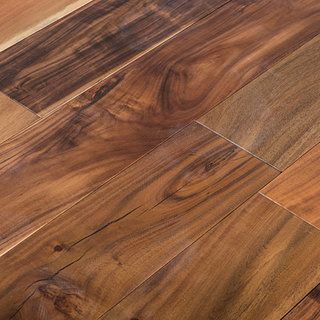
Sale Flooring Direct Blog
What is engineered wood flooring?
Posted: 2nd August 2019

Engineered wood flooring is a type of floor created by adding multiple layers of wood together and then finished with a solid wood layer. This type of flooring is popular because it can adapt to a variety of different temperatures and humidities. Engineered wood has also become used more often because it does not need fixing down like solid wood flooring; it can be added on top of underlay.
Engineered wood flooring is available in a variety of different wood species, finishes and board sizes. It usually comes in fixed lengths but is available in different thicknesses levels with either a tongue and groove or click fitting system. It can be prefinished or unfinished, prefinished floors come as oiled and lacquered as standard.
Engineered wood is usually separated into two distinct varieties - a multi-ply or three-ply construction. Multi-ply floors have a core of several layers of plywood for a floor with superior strength and stability and so this construction finds its way on to higher quality flooring.
Once engineered wood flooring is down on your floor, it looks identical to solid hardwood flooring, making it an economic and a stylish alternative to traditional wood floors.
Is engineered wood flooring the same as laminate flooring?
Engineered and laminate floors are not the same - despite the authentic look of many modern laminate floors. Laminate is made from high density fibreboard (HDF) where a wooden effect can be placed on top of the floor to give it a traditional wood look.
Engineered wood flooring is made up of multiple layers, so they can withstand significant temperature and humidity fluctuations and can be used on area s that have under floor heating or in kitchens, for example.
However, it is still a natural product and generally it is not advisable to use engineered wood for bathrooms or areas with a particularly high level of moisture.
How to install engineered wood flooring
Engineered wood flooring planks do not need fixing in place as they have multiple layers in place already. They can be 'floated' over an underlay using a click installation system.
Although acclimatisation is not essential for engineered flooring planks, it is still recommended in order to adjust before fitting. Always ensure the subfloor clean before you begin laying your floor.
When beginning to fit the boards, start in one corner with the tongue side of the panels facing the wall. Use spacers between the edge of the boards and the wall. Connect the second board at an angle and then tap indirectly using a hammer and push block.
Once you are at the last panel in the row to fit and then use the off-cut to begin the next row.
Benefits of engineered wood flooring
Many people choose engineered wood flooring over solid hardwood flooring as with all the layers of wood, it’s less likely to move over time and unlikely to change its appearance due to temperature or moisture change.
Engineered wood is generally considered hard-wearing compared to some other types of flooring. As a result it's more suitable if you have a busy house or even pets at home.
The ease of installation for engineered wood flooring is also a major benefit for engineered wood planks.








